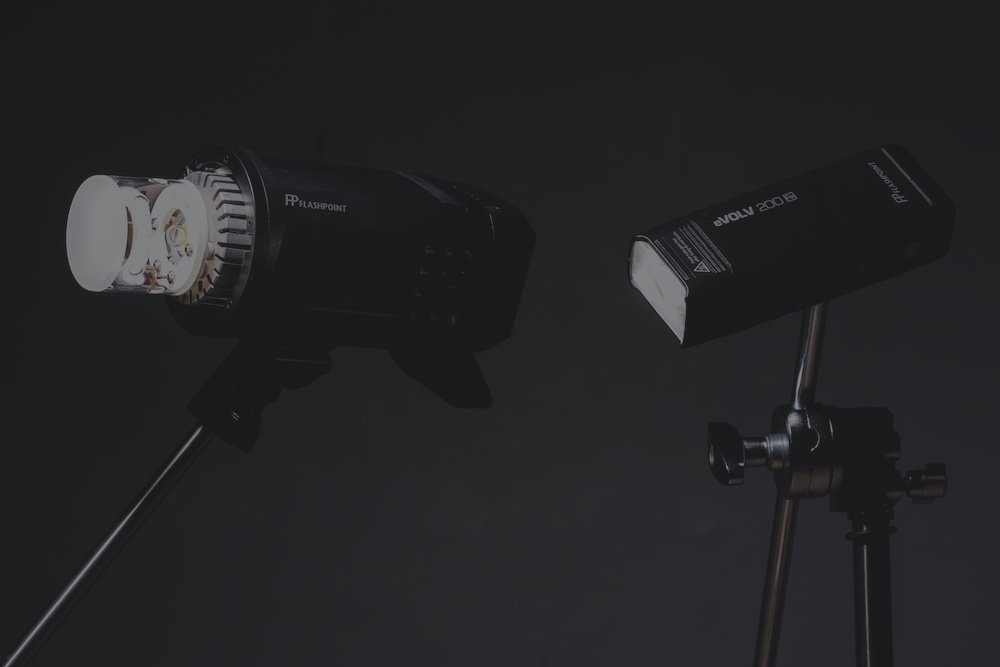In this series, I respond to questions about Flashpoint and flash photography. If you have a question you’d like answered in a future article, leave it as a comment on my Instagram or YouTube page. Now, let’s get started.
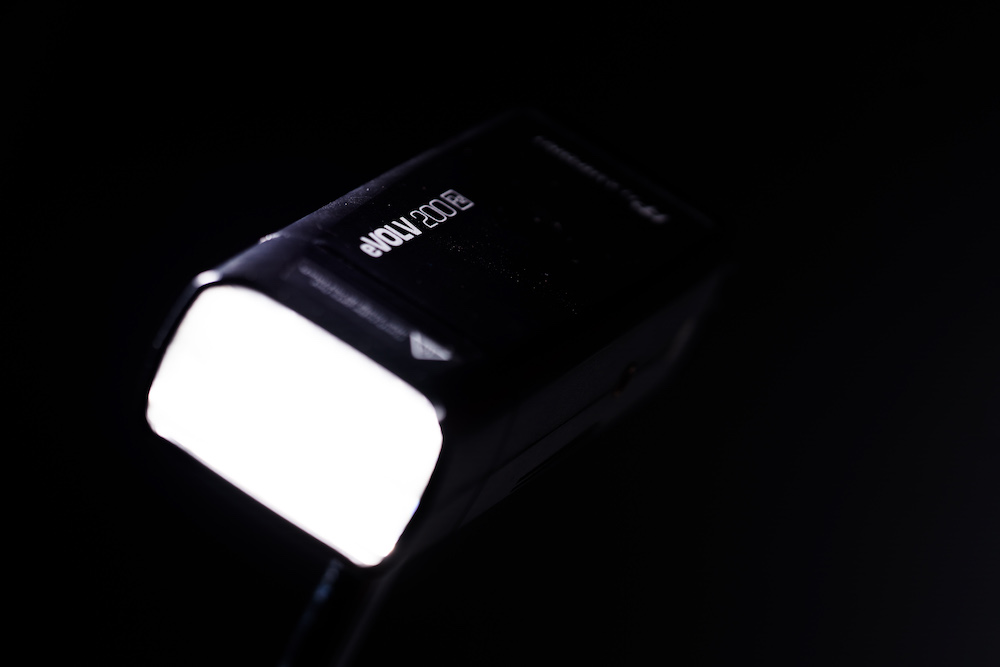
I’ve updated the firmware on both my transmitter (R2 Pro) and flash (eVolv 200), and now I can’t get them to communicate with each other. How can I fix this?
When updating the firmware on some Flashpoint devices, a custom function for an ID will be added for the first time. It seems when this happens, the ID function is automatically enabled as well. The ID function is a secondary two-digit number that needs to match on the trigger and flash in order for them to communicate with each other. The purpose of this function is to provide an additional layer of synchronization to prevent other people from connecting to your flash system. You can disable the ID function, or match the two digits across your entire kit. Then, as long as the group and channel are correct, that flash and trigger will communicate with each other again.
With so many options, I’m having a hard time deciding what trigger to get. What are the primary reasons for each of the R2 Transmitters?
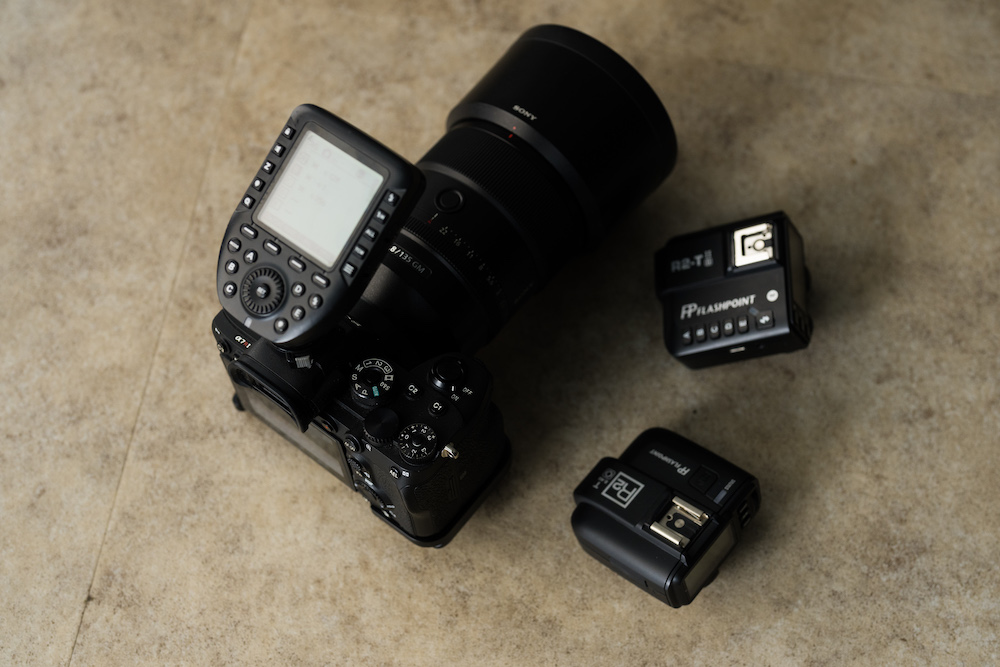
R2 Transmitter: This was the first R2 series transmitter. Nowadays there isn’t a single benefit to purchasing it over the others, and it is seemingly being phased out.
R2 Pro: This transmitter introduced a slanted display to avoid button contact with foreheads. A full wheel that makes it easier to make large power adjustments. There are five independent group buttons for rapidly changing groups and four buttons for accessing additional features. It is very simple to operate.
R2 Pro II: This transmitter built on the original R2 Pro, but added a lot more buttons for controlling features like modeling lamps and sound rapidly. The independent group buttons were moved near the wheel for even faster control of groups, and a double-tap feature to turn groups on and off was added. So, there’s no need to hop between group and mode buttons to turn a group off. The R2 Pro II also features backlit buttons so you can see all the functions in low light environments. All of these features make it a significant upgrade over the original R2 Pro. However, new users may find the plethora of buttons complicated.
R2 Mark II : With the R2 Pro and R2 Pro II both improving on the original R2 transmitter so much, many question why the R2 Mark II was released since it was a return to the original form factor. Well, there are some photographers who regularly mount their camera at or above eye level. For them, a slanted display makes seeing the power level and adjusting the controls accurately difficult. The R2 Mark II is a great option for those types, yet it brings Pro improvements such as independent group buttons. It also features a control wheel that is significantly better than the original R2 Transmitter.
Is rear-curtain sync available on the R2 Pro II?
Yes, it is available. However, the functionality varies and is limited by the camera. For Nikon and Sony, you can activate rear-curtain sync within the camera. But some camera brands limit the shooting modes in which rear-curtain sync is available and the R2 Pro II cannot override that.
As explained in one of your videos, the R2 series transmitters have the shoot function to allow multiple photographers to trigger the same set of off-camera lighting at different power levels. Can the same be accomplished with the speedlights?
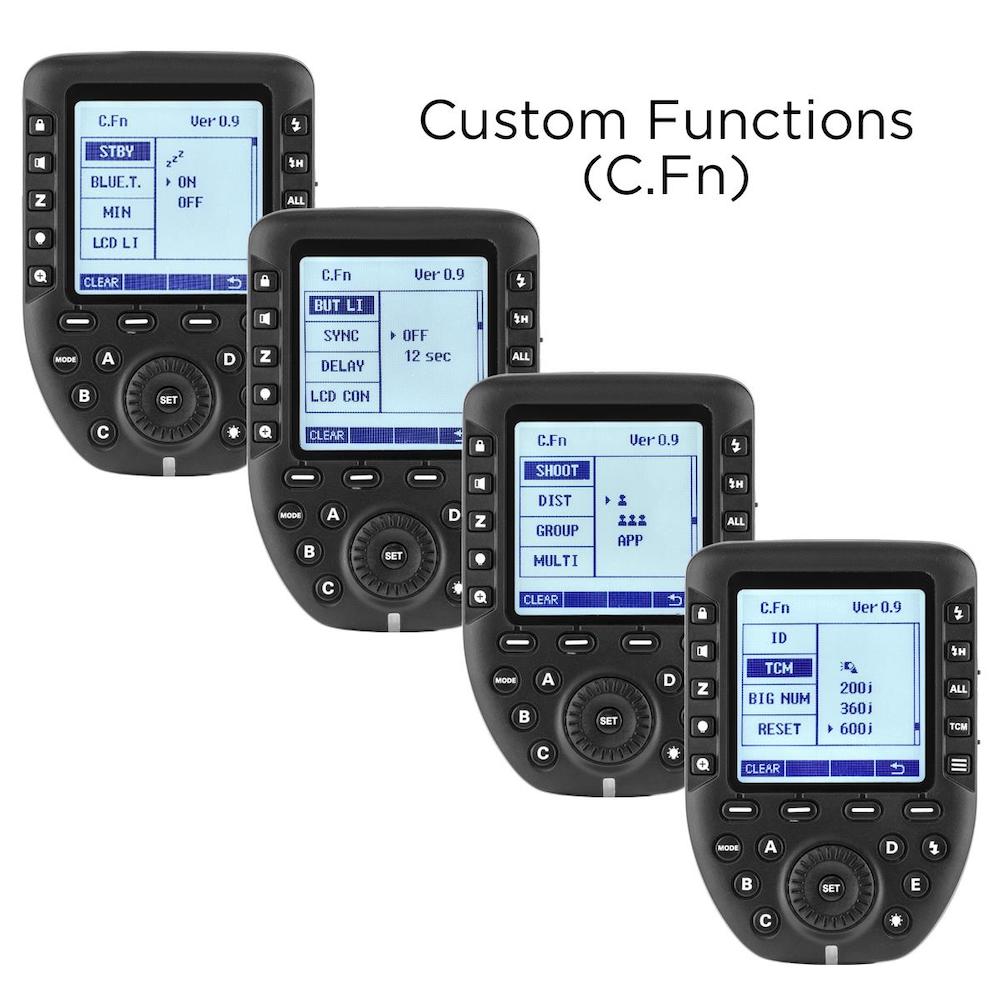
By default, the transmitters only send power level information when the power level is changed, or the test button is pressed. That is why the SHOOT custom function has the multi-photographer setting. When enabled, it will send the power level information with every “fire” signal, so settings are constantly updated as multiple photographers trigger the lights.
The speedlights do not have the SHOOT custom function at all because, by default, they also send the power level with every fire signal. So the speedlights are essentially in the multi-photographer mode full time. This means multiple photographers can freely use speedlights as transmitters, and their different power levels will be communicated with every photo.
I’m using the TCM function on multiple lights (eVolv 200 and Xplor 600 Pro) but getting poor and inconsistent results. How can I resolve this?
The TCM (TTL Convert Manual) is a function that lets you fire flashes in TTL as a starting point, then convert to manual power settings to keep shooting without a preflash. The TCM function is limited to one power of flash, which you can select in the custom functions. If you are trying to work with lights of various outputs, the best thing you can do is set the custom function to the highest output flash you are using. Therefore, if you have an Xplor 600 and eVolv 200, set it to 600j in the custom functions. This will at least decrease the likelihood of overexposing.
That being said, TTL and multiple off-camera lights will never be very consistent. I’ve detailed all the reasons why in this article.
I already have two Xplor 600 Pro’s that I love to use, but would like to add two additional lights for use as edge lights in my studio photos. I was looking at the eVolv 200’s, but how do I know if they’ll be powerful enough to balance with my 600 Pro’s?
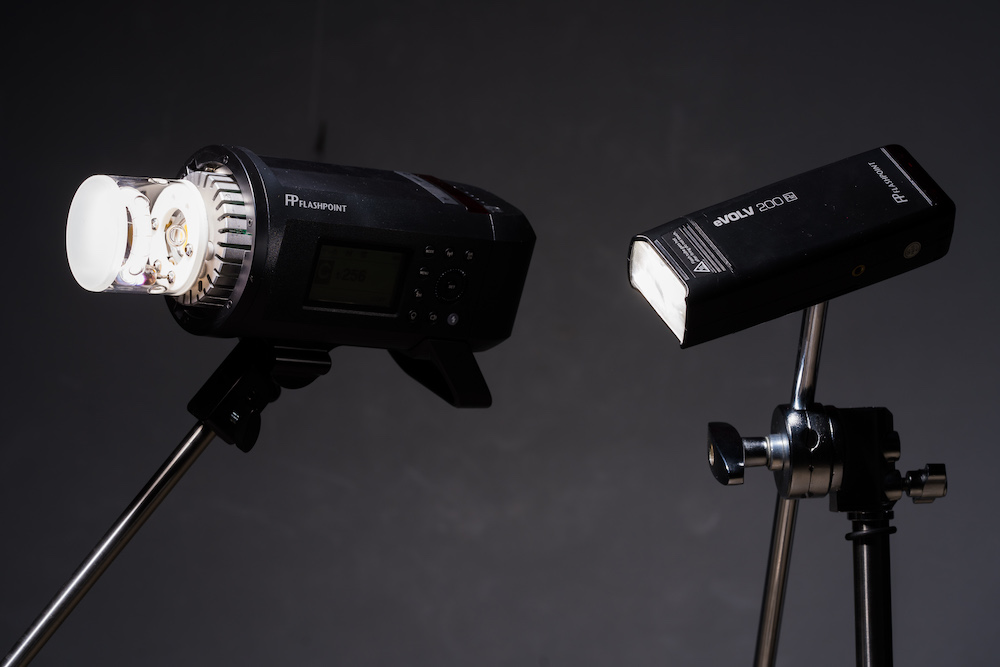
I understand, when looking at the size difference of the 600 Pro and 200 Pro, that it may seem like there is an extreme difference in terms of power output. The reality is the difference is about 1.5 stops of light. This means, the eVolv 200 Pro can produce equivalent light output as the Xplor 600 Pro, until the 600 reaches a power level of 1/2 +.6 . Past that point, the Xplor 600 Pro shows it’s superiority.
There are also a lot of other factors to consider. For instance, if you use the fresnel head instead of the bare bulb head on the eVolv 200 Pro, it will be brighter than a 600 Pro at the same distance due to the more concentrated pattern of light. And if your edge lights are positioned closer to your subject than your current 600’s, you’ll need even less power from the edge lights.
With all those factors to consider, here’s the easiest way to find out if the 200 Pro will do what you need. Put one 600 Pro up as a key light, as you normally would. Use the same camera settings, light modifiers, distance, and power levels that you would typically use. Then, take your second 600 Pro and position it as an edge light just like you intend to do with your next purchase. Find out the power level necessary from that 600 Pro as an edge light. If you are over 1/2 +.5 power, then you’ll need something more powerful than an eVolv 200 Pro to fulfill that duty.
Stay tuned for more “Ask Rob Hall” sessions!

